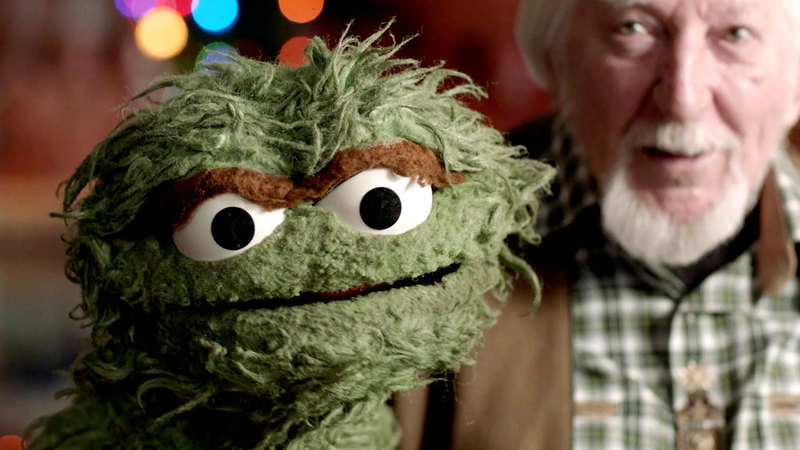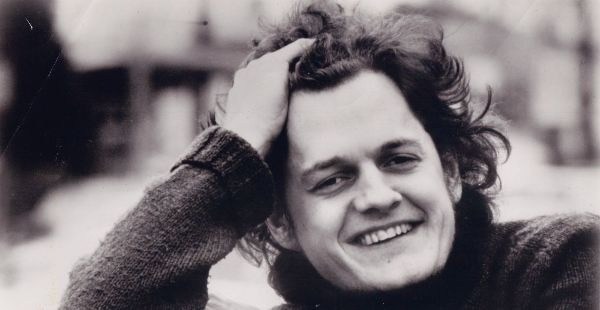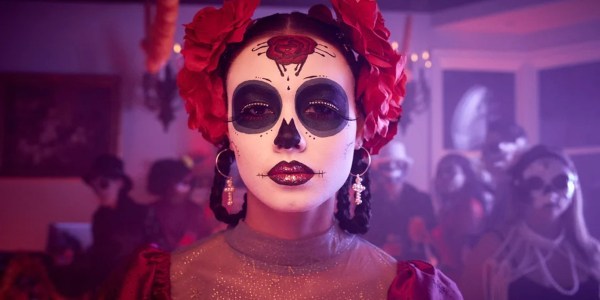Sundance 2021: Cusp, Street Gang, Philly D.A.

One of the best films of this year’s Sundance Film Festival was also one of its most controversial, the haunting and powerful “Cusp” from directors Parker Hill and Isabel Bethencourt, who won an award on Tuesday night from the jury for Emerging Filmmaker. “Cusp” is a tough watch, a film about how difficult it is to be a teenage girl in America in a culture of toxic masculinity and constant threat of violence. It follows three young women over the course of a lazy Texas summer, capturing all of their dreams and all of their trauma and fear with a nonjudgmental eye. Some viewers were put off by the subject matter and the approach, arguing that Hill and Bethencourt’s style verged on exploitation, and it will be interesting to see that conversation take place on a wider scale when the movie is released. All I know is I found it heartbreaking and sensitive in equal measure, a film that centers people who often fade into the background of our culture.
Hill and Bethencourt open their film with an interesting shot of two teenage girls on a swing taking selfies while two boys nearby shoot guns. Image and violence wed in the tone-setting prologue, while also making clear how unconsidered both are in this moment. It’s just a lazy day in Texas. For the next 90 minutes, Hill and Bethencourt capture many other lazy days in the lives of Autumn, Brittney, and Aaloni, often revealing things about their pasts and potential futures through interviews, but also often just seen going about average adolescence.
Many of the conversations in “Cusp” center on violence. At parties, people talk about how someone they know raped someone, but that’s just the kind of guy he is. The casual nature in which sexual violence is a part of these lives may be startling to some, but it’s a tragic fabric of this country that often gets softened when we discuss what it means to be a teenager. Autumn, Brittney, and Aaloni allow the filmmakers remarkable access to their lives, often detailing abuse from their pasts and discussing the boys they know. We get to know these three and come to care about their emotions—for example, it’s heartbreaking when Autumn’s boyfriend breaks up with her, the honest emotion coming right off the screen.
A fascinating dichotomy comes into light in “Cusp” in that these three young women are so confident and powerful in their own personalities, and yet they exist in a world that doesn’t hear them and threatens them at all times. The filmmakers smartly look below the superficial image of teenagers who do little other than get drunk and high, instead finding the vulnerable people underneath.

A very different kind of documentary unfolds in “Street Gang: How We Got to Sesame Street,” which lovingly recounts the creation of one of the most important forces in culture, borne from wondering if TV could educate children instead of just selling to them. Based on the book of the same name by Michael Davis, Marilyn Agrelo’s film focuses on the formative days of “Sesame Street” from inception through mini-bios of its major players like Joan Ganz Cooney, Jon Stone, Jim Henson, Frank Oz, Joe Raposo, and Christopher Cerf. It’s a remarkably likable documentary that will air on HBO later this year, but it does feel like it’s barely scratching the surface of the many stories that could be told about this production. In an era when almost every TV docuseries could have just been a film, this is the rare case wherein a film could have easily been a series. By jumping from subject to subject so quickly, “Street Gang” sometimes feels like it has the attention span of the target audience of the show it chronicles.
The structure of “Street Gang” is also like the show in how it presents what are almost educational vignettes. It’s a straightforward filmmaking, intercutting modern interviews with key players like Cooney and Cerf (or the children of now-deceased creators) with archival interviews and behind-the-scenes footage. It’s startling to consider how much this kind of educational television felt revolutionary a half-century ago, and to learn how much the focus of “Sesame Street” was on inner-city youth. There’s also a strong, smart focus on the progressive nature of the show in its images of a street in a major city that allowed all races and types of Muppet.
Some of the archival footage in “Street Gang” is just delightful, including early commercials by the Muppets and behind-the-scenes footage of people like Henson and Oz doing what they did so well. It’s an enjoyable documentary, but it’s also shallow when one considers all of the stories told in it that barely get a few minutes of screen time. People like Matt Robinson and Joe Raposo could get entire documentaries of their own, much less legends like Henson and Oz. The scattered, quick structure of “Street Gang” makes it a little forgettable, a film that’s hard to hate but also too easy to forget.

Most television series are relegated to their own program at Sundance, but they imported the new International Lens offering “Philly D.A.” to the Premieres program this year, mentioning in the intro how much this reflects their high opinion of the production. The first two episodes premiered at the end of the fest, Tuesday night after the awards, and reveal a deep, complex series that I’m eager to see when the whole thing comes available. However, it can also be a bit frustrating in its production choices, especially an oppressive, constant score and montages of interviews that play more like sound bites than insight. The second episode allows the filmmakers Ted Passon and Yoni Brook to step back and focus their cameras a bit more than the somewhat hyperactive first hour, and I’m certainly going to watch the rest of it when I can, but it lacks some of the veracity of recent city docs like “City So Real” or “City Hall.”
“Philly D.A.” is the story of Larry Krasner, an unexpected winner of a heated District Attorney race in the most incarcerated big city in America. Krasner rides a wave of progressive policies into the office, promising fewer prosecutions for things like sex work and marijuana possession, holding corrupt cops accountable, and eliminating bail practices that often keep poor, innocent people behind bars. Krasner spoke the language of a movement that started before 2020 and really built steam in the protests of last year, although this documentary was filmed much earlier (Krasner took office in 2017). After the first half-hour details his campaign, the show gets into the issues he faced in his first months in office, including resistance from the FOP and other legal bodies in the city. The second half of the first hour digs into cash bail, and the second hour goes deep on the scary concept of a list of Philly cops who have enough blemishes on their records that they can’t be used as witnesses. Of course, the follow-up question should be why can they still be cops?
“Philly D.A.” gets a bit repetitive in its presentation, often cutting interview sound bites to joyous synthesizer music in a manner that becomes distracting. Its strongest moments are when the directors allow it to breathe, letting us be flies on the wall during heated conversations about new policies and procedures. And Krasner is an open, fascinating subject, a man who firmly believes he is making widespread systemic change. If only there were more people like that in power.





